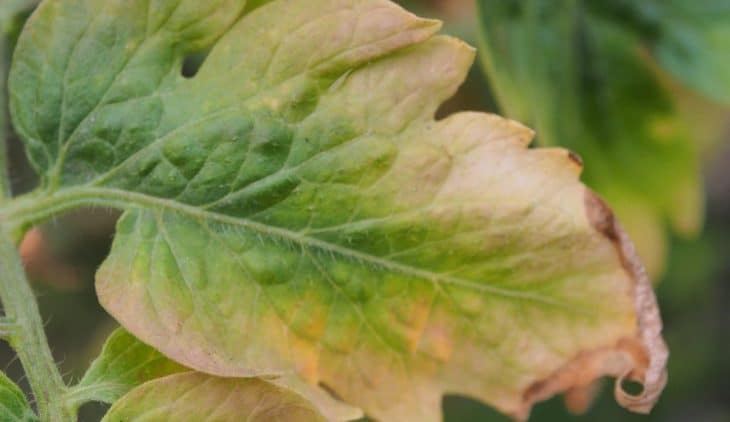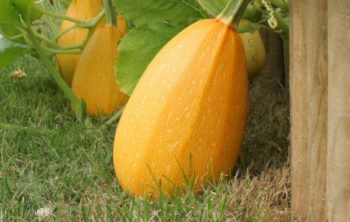A couple of growers may face nutrient burn sometimes during the course of their growing period. The thing is do you know how to fix nutrient burn?
Drying out leaves, curling of leaves, browning of leaves, etc are common issues seen among indoor growers and the most probable cause are nutrient burns. It is crucial you recognize the signs and act fast to save your plant from severe or irreversible damage.
If you’re experiencing nutrient burn on your farm and you’re looking for how to fix or solution we will put you through this.
Nutrient Burn During Flowering Info
Nutrient burn is the over-fertilization or overfeeding of nutrients to your plants. When you supply your plants with their required nutrient in excess, they tend to absorb all of them thus resulting in nutrient burn. Plants are not equipped to handle over-fertilization therefore, they will simply absorb the entire nutrient you supply them.
Causes Of Nutrient Burn
Mostly, nutrient burn is caused when you feed your plant with too much nitrogen. Nitrogen is one of the components in plants’ nutrients and it’s mostly used during plants’ vegetative phase. Nitrogen needs to be in the right proportion with other nutrients to avoid the presence of excess nitrogen.
However, it’s not only excess nitrogen that can cause nutrient burns. Overfeeding of other nutrients can as well cause this.
Nutrient Burn Leaves Signs
The first step to fixing nutrient burn is identification. Be sure your plant is suffering from a nutrient burn by looking at the signs. Some early signs can point out if your plant is suffering from nutrient burns. They are:
- Leaves will give a very deep green coloration.
- You may notice the tip of your leaves bending at 90 degrees.
- Yellowish or brownish coloration of the tips of the leaves.
- The branch or stalk may start to turn purple or red.
Advanced signs to look out for when it comes to nutrient burns:
- The signs of the tip of leaves turning yellow will spread back and inwards throughout the leave until it dies off or withers away.
- You may also notice leave twisting.
- The edge of the leaves starts to curl. This curling of leaves usually indicates the presence of too much nitrogen.
- Yellowish patches that separate themselves from the green-colored leaves.

Learn How To Fix Nutrient Burn
Once you’ve identified that your plant is suffering from nutrient burns, it’s time to take action. The good thing is if you can detect nutrient burn early, it can be resolved before it gets any worse.
Follow these guidelines to successfully fix your plant:
- Remove Damaged Parts: The first step and fastest way to fixing nutrient burn is to do away with the damaged plant leaves, buds, flowers, etc. When your plant leaves have become yellow there’s nothing you can do to make them green. The only solution is to carefully remove the yellowed leaves or the entire affected part and allow them to regrow.
- System Flushing: Next step is to flush the entire system so the excess built-up nutrient can be washed away. With a hydroponics system, wash your growing medium with clean and balanced pH water. To your hydroponic nutrient reservoir, pour out all the content and replace it with pH-balanced water. Use this balanced pH for about 24 hours in your hydroponic system. Then gradually introduce a small concentrated nutrient for about a week and balance it later when the plant is able to welcome the appropriate nutrient amount. In a
soil -based system, simply water in thesoil using pH-balanced water to flush out excess nutrients. Water yoursoil slowly and wait a bit to allow the water to assimilate between each watering plan.
General Hydroponics pH Control Kit for a Balanced Nutrient Solution
A nutrient burn may be minimal, gradual progress, or severe. In the case of very severe burns especially during the vegetative stage, it’s usually best to start over-planting. This is because recuperation may be unachievable or may take a longer time to recover and it will be better to just start over.
FAQ’s
Can plants recover from nutrient burn?
The short answer is no. Plants can't recover from nutrient burn, because nutrients are not lost, they are just changed in their form. The longer answer is that it depends on the plant species and the amount of nutrients in the soil. There is some evidence that plants can recover from nutrient burn, but this is not always the case. In general, plants will not grow in nutrient-deficient soils, but if the soil is rich enough, the plants will grow fine.
What are the signs of nutrient burn?
Plants are more sensitive to nutrient deficiencies than we are. Plants respond to low nutrient levels by making a number of adjustments. These may include:
• Decreased growth rate
• Diminished photosynthetic capacity
• Decreased yield
• Less or no flowering
• Poor quality fruit
• Loss of vigor and death
How do you reverse plant nutrient burn?
Plant nutrients are essential for your plants to grow. However, when the nutrient level is too low, the plant will have a hard time growing. Too much of a good thing is not healthy either. You may see this as a condition that can be corrected by increasing the plant nutrient levels.
If you notice that your plants appear to be suffering from nutrient burn, the following actions should be taken:
• Evaluate the soil for nutrients and pH.
• Monitor the amount of fertilizer used. • Evaluate the irrigation schedule.
• Correct the deficiencies.
If you want to get your garden growing again, I recommend adding more organic matter (such as compost or manure) to the soil.
Does nutrient burn affect new growth?
Nutrient burn isn't really good for anything. The only reason it is often mentioned is because the term nutrient burn is so often used by gardeners who are not very knowledgeable on the subject, and they don't know any better. Nutrients are needed in the plant in order to grow, and when they are missing or are present at too high a concentration, they can cause serious damage to the plant. Plants that have been deprived of nutrients for a long period of time will often experience stunted growth and lower yields.
How do you fix fertilizer burn on plants?
There are a lot of ways to fix fertilizer burn. It depends on what the cause of the burn was and the severity of the burn. If it is a very deep burn, there are some treatments that will actually get rid of the burn. If it is just a slight discoloration, you can cover the plant with a plastic bag and keep it in place for a day or two. The light will help it heal.
If you use a bag, make sure it is the clear type so you can see what's going on. If you want to get rid of the burn, you can do one of two things. You can either put the fertilizer on top of the soil (which will keep it in place until you want to remove it), or you can mix specialized burn fertilizer with water and apply it directly to the burned area. It will penetrate the burned area and help it heal. If you don't have a lot of money to spend on this, you can always add some liquid kelp to your fertilizer solution. That will help heal the burn. Liquid kelp is available at most garden centers.
Nutrient Burn Recovery Prevention
The best thing to save your plant is to prevent nutrient burns from happening in the first place. Do all you can to reduce the chances of nutrient burn from occurring. The excess nutrient can be catastrophic to your plants if not detected on time.
Ensure you use the appropriate amount of nutrients in their correct proportion for each growth stage. You should also monitor the pH of your solution or

Eunice is an enthusiastic gardener with a passion for growing beautiful flowers. She loves nothing more than spending time in her garden, tending to her plants and enjoying the outdoors. Eunice has been gardening for over 15 years and has developed a unique style of landscaping that is both practical and aesthetically pleasing. She is especially fond of growing roses and enjoys experimenting with different varieties and colors. Eunice takes great pride in her garden and often shares the fruits of her labor with friends and family. In her spare time, she enjoys reading gardening magazines and attending local horticulture events. Eunice is passionate about her hobby and is always eager to share her knowledge and experience with others.





